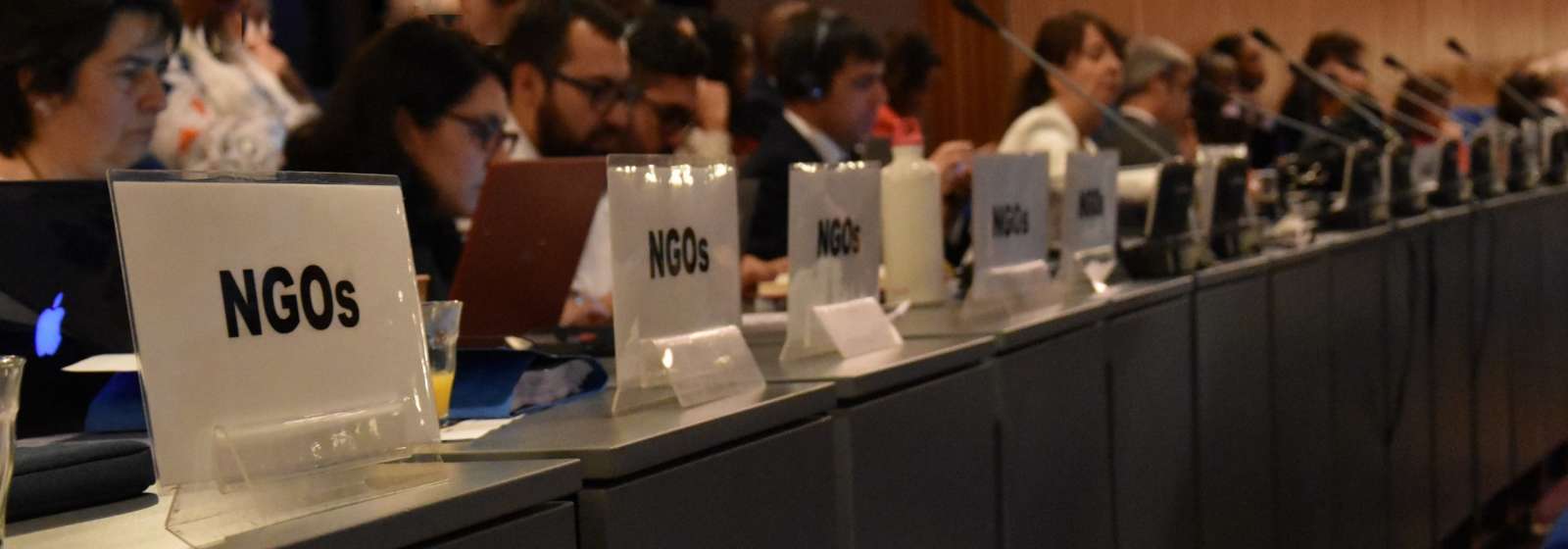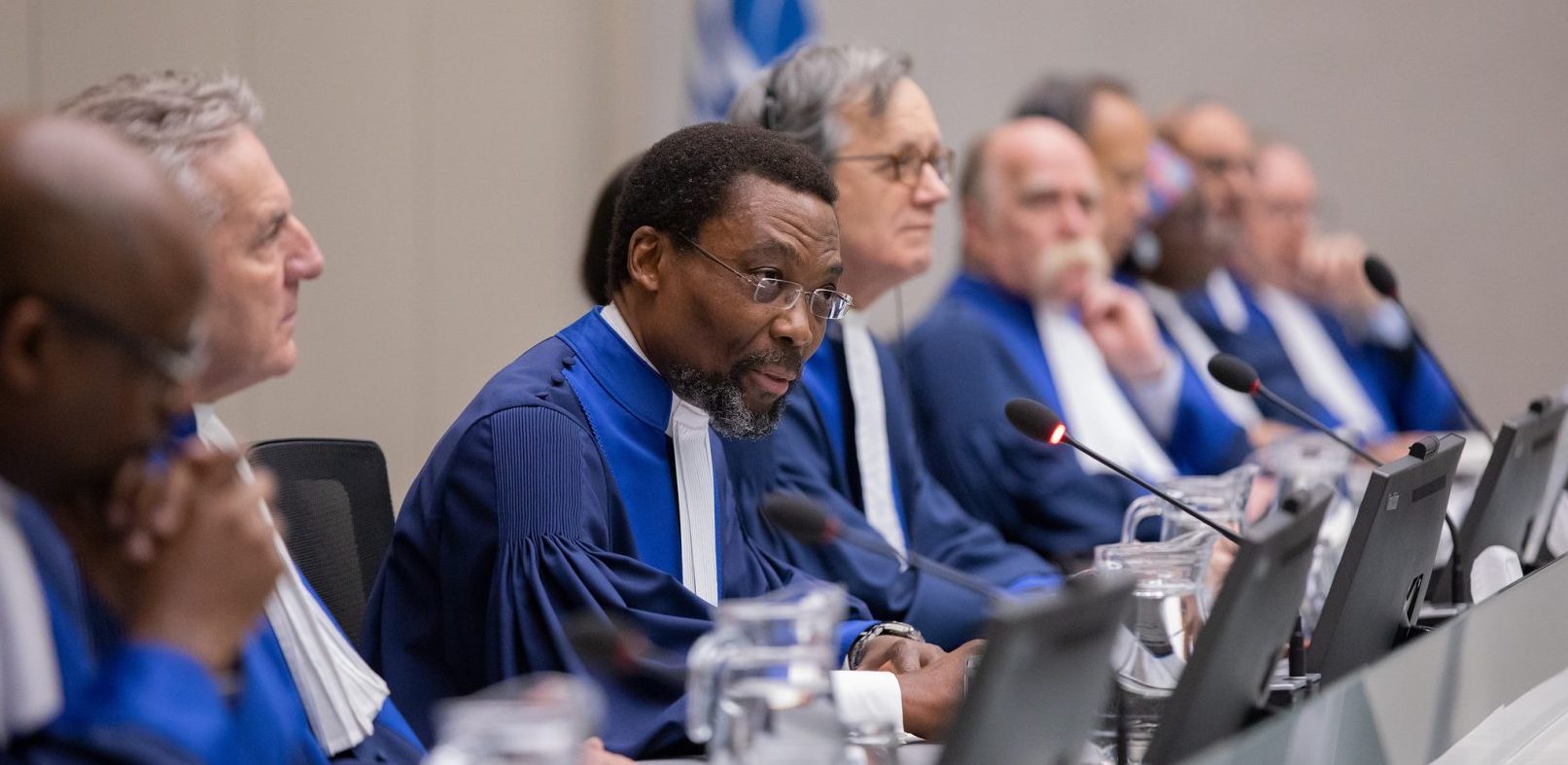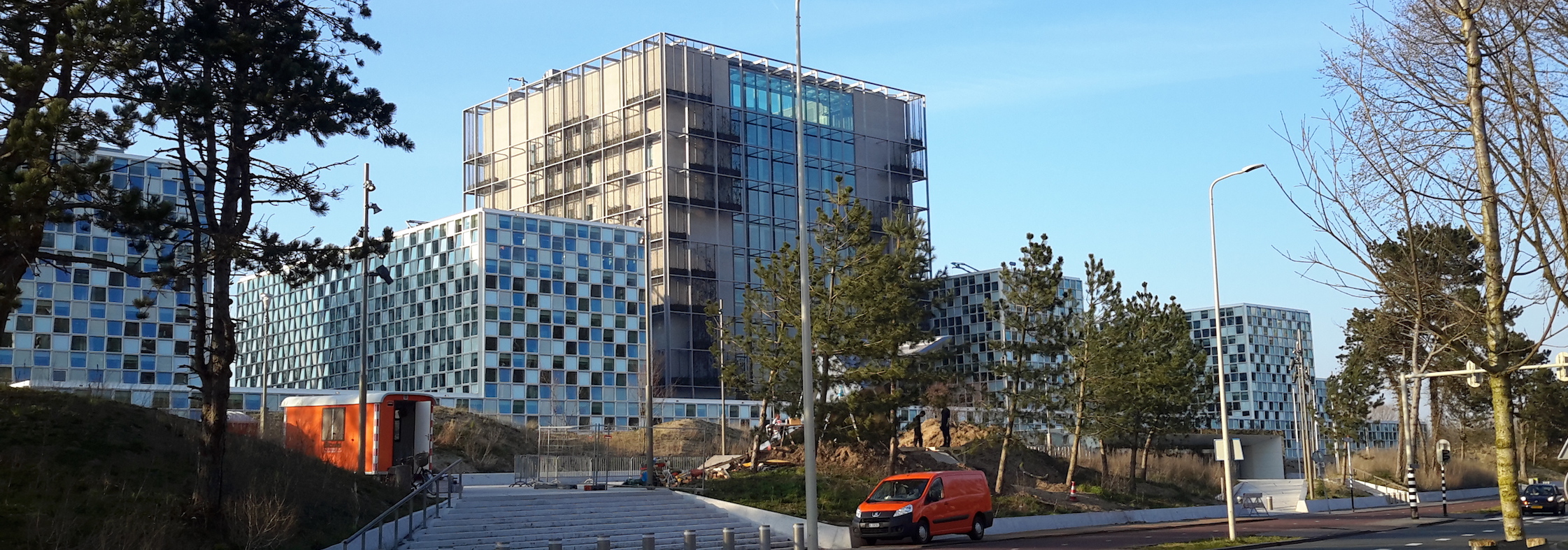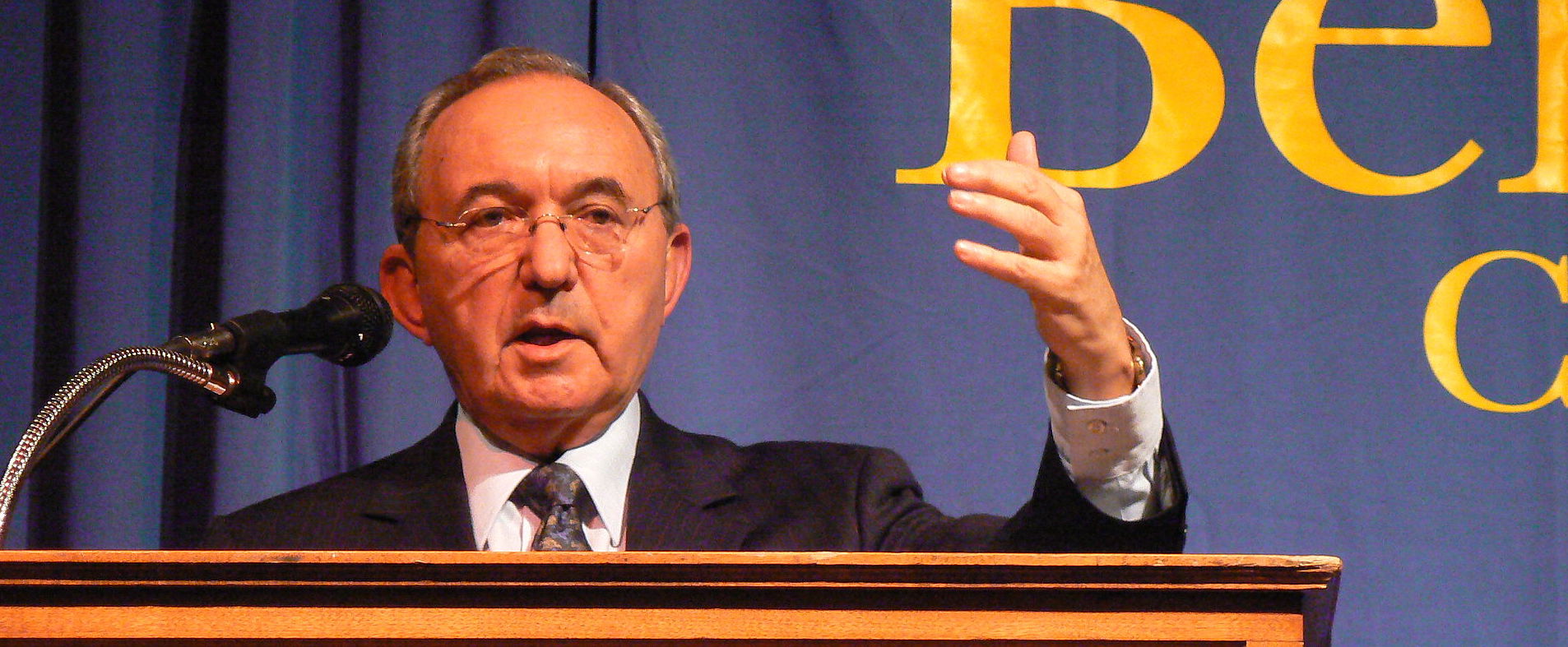History to repeat itself in Kenya?
Early next month on 8 August, the Kenyans take to the ballot box. They will vote for a president, members of parliament and local politicians. Since the end of a one party state in 1991, several Kenyan elections have been marred with violence. Kenya’s 2007/ 2008 post election violence resulted in the deaths of at least 1,400 people, and the displacement of 600,000 people. There are various factors that make the 2017 election unique and of great interest but the question on everyone’s mind is -will history repeat itself and will violence consume what should be a democratic, fair and peaceful process?
This year, President Uhuru Kenyatta, representing the Jubilee party will run against the National Super Alliance (NASA)’ s Raila Odinga. Odinga ran and lost to Kenyatta by 0.7 % in 2013 though he alleges that those elections were rigged.
The political rivalry is intense and there is a strong element of ethnic tension that complicates matters. As noted by the Truth Justice and Reconciliation Commission Report ethnic tension can be linked to “divide and rule” method used during the colonial era. Ethnic groups were pitted against each other to prevent them from joining forces against colonial rule. The unfair distribution of fertile land (particularly in the Rift Valley and along the Coast), and the allocation of positions in public office according to ethnicity, have also exacerbated ethnic tension. In addition, the current government has failed, to take appropriate measures to address the situation.
According to a 2013 study conducted by the Kenya National Bureau of Statistics, the largest native ethnic groups are the Kikuyu (6,622,576), the Luhya (5,338,666), the Kalenjin (4,967,328), the Luo (4,044,440) and the Kamba (3,893,157). Incumbent Kenyatta and his deputy Ruto are generally supported by the Kikuyus and the Kalenjins. Odinga, has a party that generally attracts the support of the Luo, Kamba and Luhya groups.
2007/2008-post election violence has been noted as one of the worst manifestations of ethnic tension. It also saw the indictment of Kenyatta, and Ruto by the International Criminal Court for crimes against humanity that fell along political lines and hence ethnic lines.
Kenyatta was charged with organising the Mungiki group who allegedly committed widespread and systematic attacks against the non-Kikuyu population perceived as supporting the opposition. Most of the victims belonged to the Luo, Luhya and Kalenjin ethnic groups in Nakuru and Naivasha. Their alleged crimes included rape, murder, forcible transfer, persecution and other inhuman acts.
Ruto was accused of organising, murder, forced deportation, and persecution committed immediately after the announcement of the results of the presidential election. A coordinated attack was carried out by groups of Kalenjin people, in Turbo town, the greater Eldoret area, Kapsabet town, Nandi Hills town, Uasin Gishu and Nandi District. The attack allegedly targeted Kikuyu, Kamba and Kisii ethnic groups, who were perceived supporters of the Party of National Unity. Despite being opponents in 2007, Ruto and Kenyatta joined forces and remain united in their campaign against Odinga.
Both their ICC cases subsequently fell apart for various reasons. Kenyatta and Ruto remain innocent until proven guilty, however, one has to wonder whether further violence will be orchestrated given that these two leaders continue to wield power.
The Kenyan’s also face other challenges during this election period. There are grave concerns about the credibility of the electoral commission and the high levels of corruption in government structures and in the law enforcement arena.
Also, the issue of adequate representation of women in politics continues to be a challenge. Amendments to the Constitution that would improve the gender balance in parliament are yet to be implemented and thus women remain underrepresented.
Freedom of expression in the build up to elections has also been questioned as journalists and the media have faced threats. Journalists and bloggers who have been vocal about government corruption have allegedly been attacked and intimidated by government agents.
Concerns around Al Shabaab terrorist attacks also exist and present additional security challenges. Al Shabaab attacks in Kenya have had a severe distabilising effect in areas close to the Somali border. Earlier this month on 8 July, 9 civilians were beheaded in a Kenyan village. Al Shabaab’s activities in Kenya are believed to be acts of retribution against Kenya because the Kenyans sent troops into Somalia to assist in the fight against this Al Shabaab in 2011. In addition to security threats, the country is facing a drought and there are food shortages in certain areas
However, there are some positive aspects, for example this is the first time in the history of the country that prisoners will be able to vote. Reports indicate that 5,528 voters from 118 prisons have registered to vote.
The world is watching Kenya. Hopefully, the 2017 election will be free, fair and peaceful.
**This article appeared in the Star Newspaper on 27 July 2017



